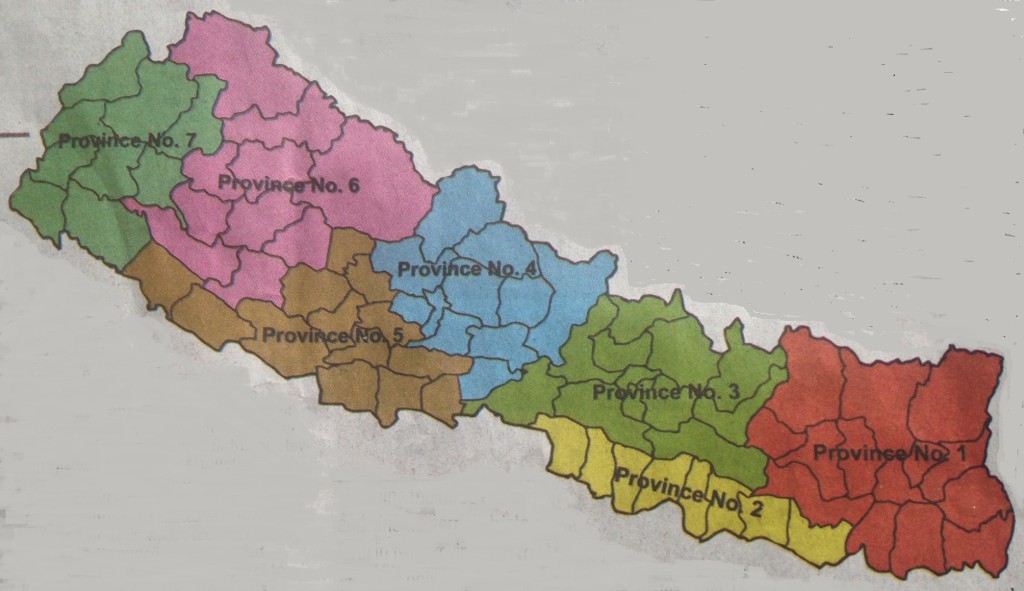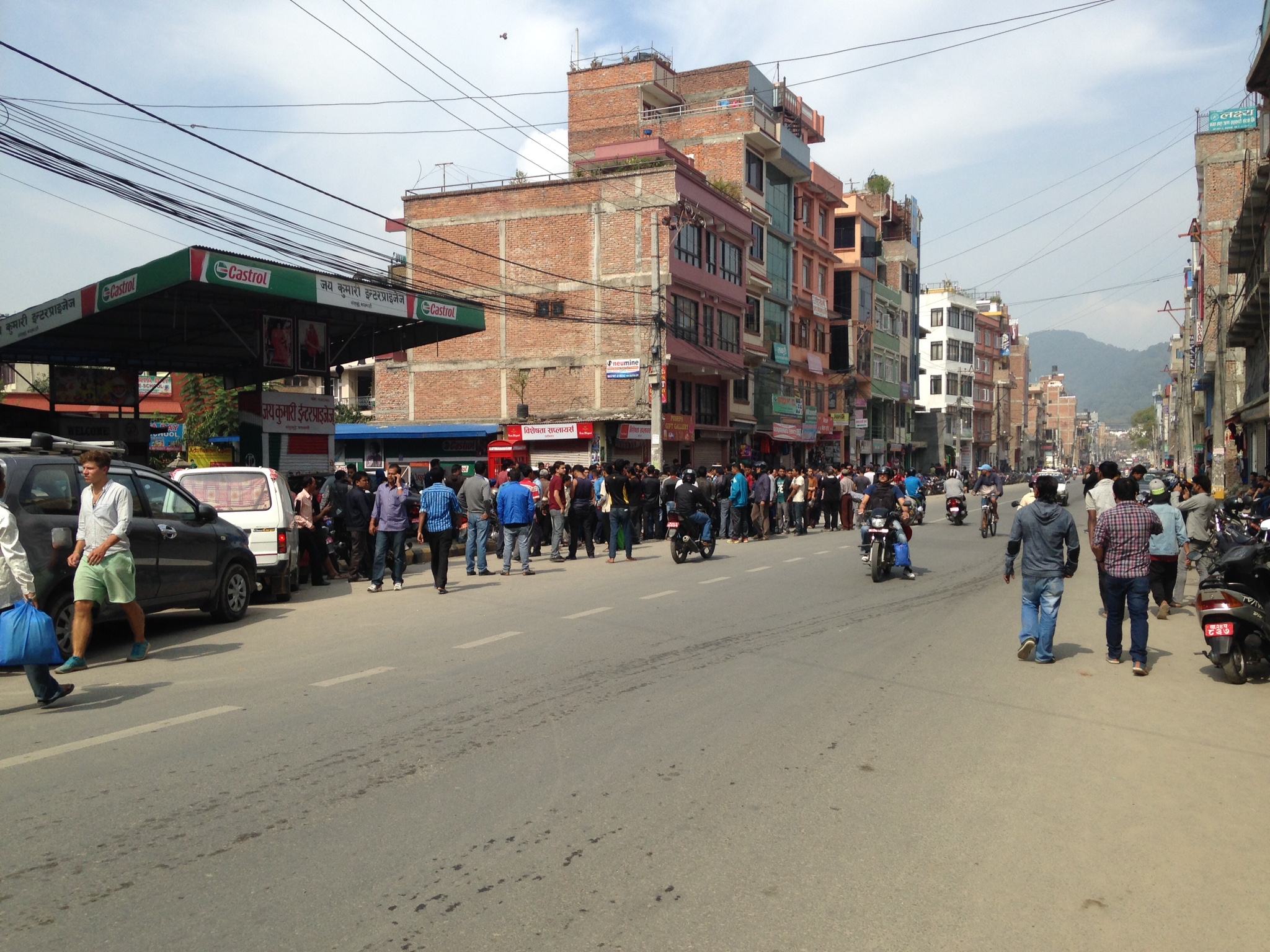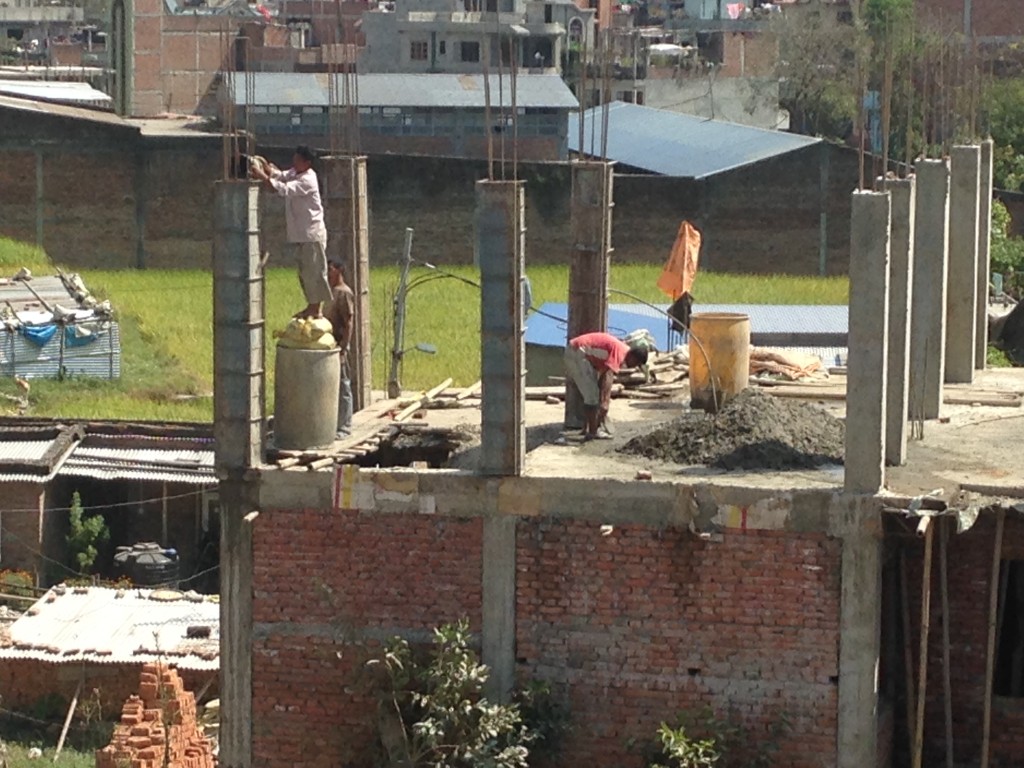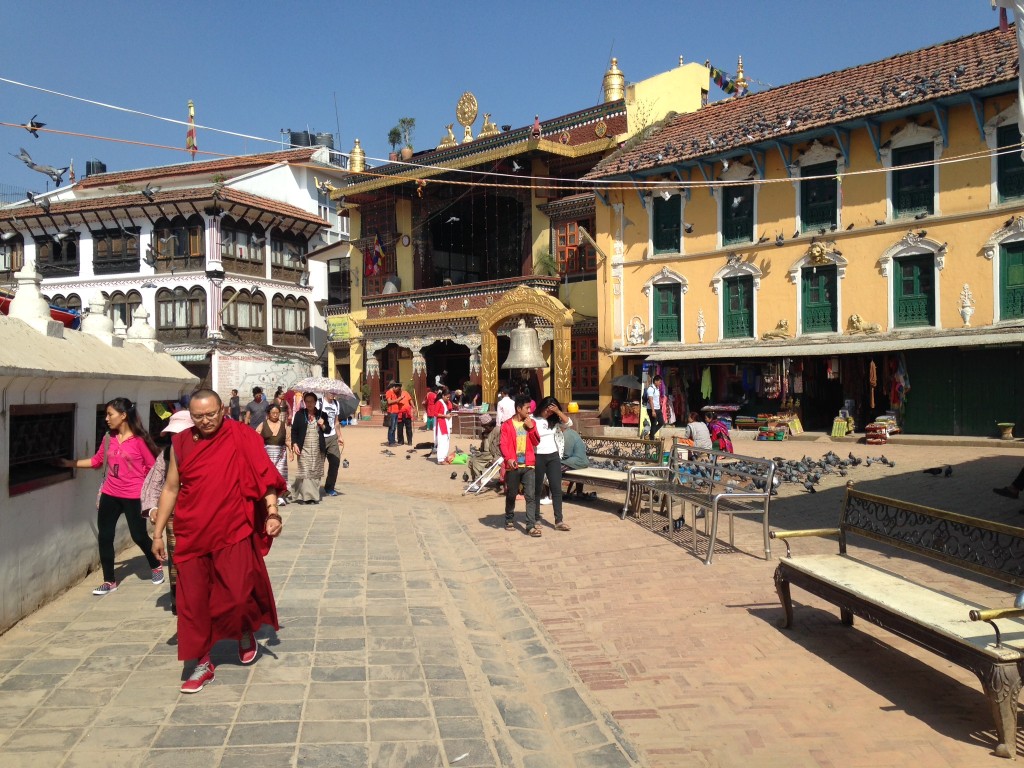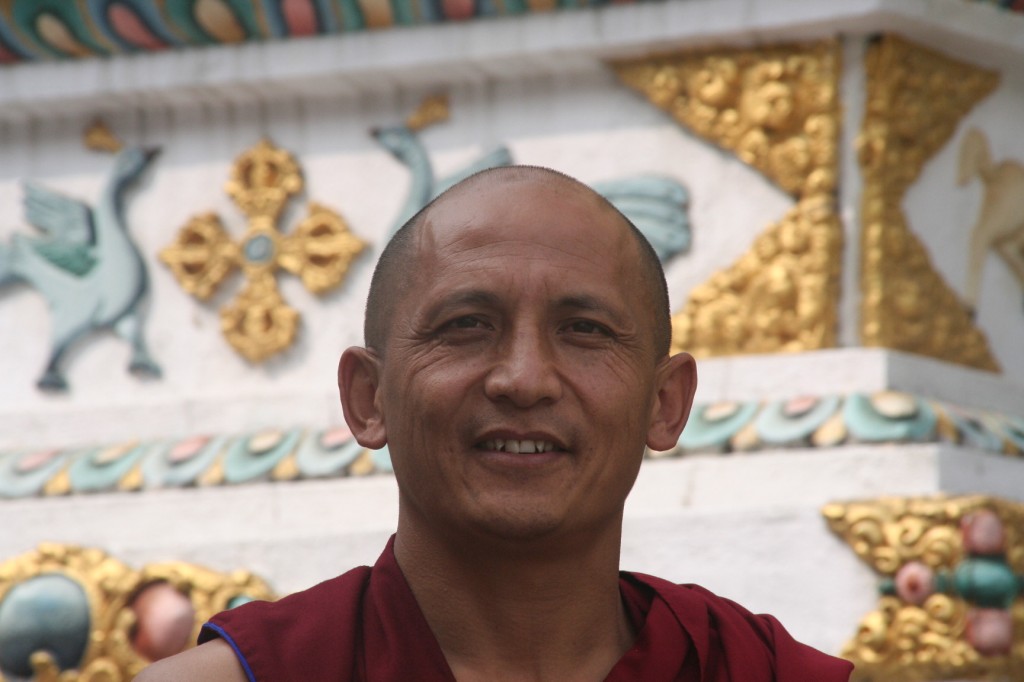Oct 14 – The blockade continues and yesterday there was yet another earthquake aftershock. My Buddhist classes cannot now be held in seclusion at the cave where Guru Rinpoche meditated before bringing Buddhism to Tibet because no cooking gas is left out there.
What is the blockade about? The Constitution reverses a commitment made when the Hindu monarchy fell. Electoral districts in the new secular, democratic republic were to be based on population. Close to half of Nepalis, the Madhesi, who live in the south (the Tarai) where most of Nepal’s food is grown had never been represented. The Tarai was operated like a colony. And hill people who, like Doma’s family, are not Hindu were also always marginalized.
The Constitution set by men in the high caste minority who are determined to remain in control defines electoral districts not by population but geography. They gerrymandered the districts to include enough territory north of the Tarai so all but Province 2 will have enough high caste voters.
The Madhesi began protesting when rumors about the broken commitment emerged. Their protests turned violent when the Constitution was published. They began blockading trucks that bring fuel and other essentials from India.
Nepal’s politicians promptly blamed India. All Nepal’s fuel comes from the Indian Oil Corporation (IOC) and they are filling only a small percentage of Nepal’s tankers. The IOC must be acting on orders from the Indian government but its officials say truck drivers just decided it’s too dangerous to cross the border until Nepal’s politicians subdue the protesters.
Why would India do that? Partly because they believe Nepal’s marginalized people should be granted equal rights. More pragmatically because if Nepal suppresses the protests by force, the country could be destabilized and China’s influence on Nepal greatly increased.
The Nepali politicians’ appeal to patriotism – India is threatening our sovereignty! – is proving quite effective, especially in the Kathmandu Valley where there is a long history of prejudice against Indians. Diverting the blame enables them to focus on jousting for position in the new government.
The “gentleman’s agreement” among leaders of the three big parties to form a coalition government broke down when the leader of the India-friendly traditional party began campaigning for a government of his own party led by him. The two China-friendly, nominally Communist parties made a new deal resulting in one of them being elected Prime Minister.
In the absence of a government that can act on the blockade, only 10% of the usual supply of gasoline is coming in. These people were told they could buy 5 liters today. They queued overnight and into this afternoon. It looks like they will get none.
That street is usually jammed with vehicles. Now, motorbikes are lined three deep along the roadside as far as the eye can see. The white taxi almost hidden behind the pedestrian walking down the road must have queued for hours to get ten liters. There are no buses to be seen.
So why do I love it here? Nothing works dependably, it’s poor, dirty, crazy crowded and corrupt.
Doma’s mom’s Tibetan astrology calendar says I have much in common with my long deceased mom. Life was hard for us with very little money when I was a kid in England right after WW2. My mom made our life happy, though, in that tiny remote house with no water, electricity or gas. The cheerfulness of people here in face of constant difficulty must remind me of how she made that time happy.
Classes start tomorrow. Even the less intense schedule and environment we’ll have instead of 6 am to 9 pm in the sacred cave will be transformative. And I’m ready!

